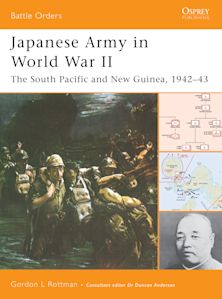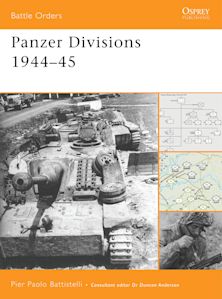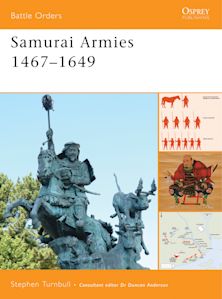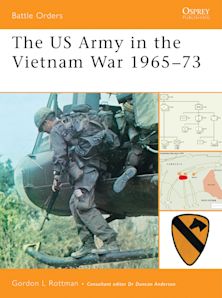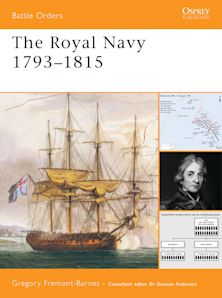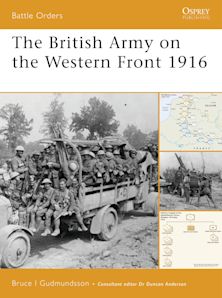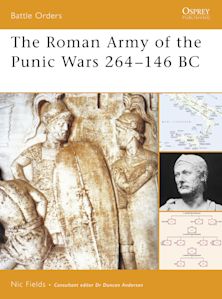The Roman Army of the Principate 27 BC–AD 117
Description
The Imperial Army established by Augustus drew heavily on the nomenclature and traditions of the late Roman Republic, but was revolutionary in its design. He decided to meet all the military needs of the Empire from a standing, professional army. Military service became a career, and pay and service conditions were established that took account of the categories of soldier in the army: the Praetorian Guard, the citizen legionary troops, and the non-citizen auxiliaries. Enlistment was for 25 years (16 in the Guard), and men were sometimes retained even longer. The loyalty of the new army was to the emperor as commander-in-chief, and not to either the Senate or the People of Rome. Imperial legions became permanent units with their own numbers and titles and many were to remain in existence for centuries to come.
Likewise, the auxiliary units (auxilia) of the army were completely reorganized and given regular status. Trained to the same standards of discipline as the legions, the men were long-serving professional soldiers like the legionaries and served in units that were equally permanent. Drawn from a wide range of peoples throughout the provinces, especially on the fringes of the Empire, the auxilia were non-citizens and would receive Roman citizenship upon completion of their twenty-five years under arms.
Table of Contents
Combat mission
Doctrine and training
Unit organization
Tactics
Command, control, communications and intelligence (C3I)
Weapons and equipment
Lessons learned
Chronology
Bibliography
Glossary
Index
Product details
| Published | Mar 31 2009 |
|---|---|
| Format | Paperback |
| Edition | 1st |
| Extent | 96 |
| ISBN | 9781846033865 |
| Imprint | Osprey Publishing |
| Illustrations | 50 b/w; 36 col |
| Dimensions | 10 x 7 inches |
| Series | Battle Orders |
| Short code | BTO 37 |
| Publisher | Bloomsbury Publishing |
Reviews

Resources
Discover More
Visit our exclusive member's website to see artwork, maps, and more from this book.

Resources
Book Vote
Tell us what titles you would like to see published by Osprey, then vote for your favourites in our monthly book vote!




